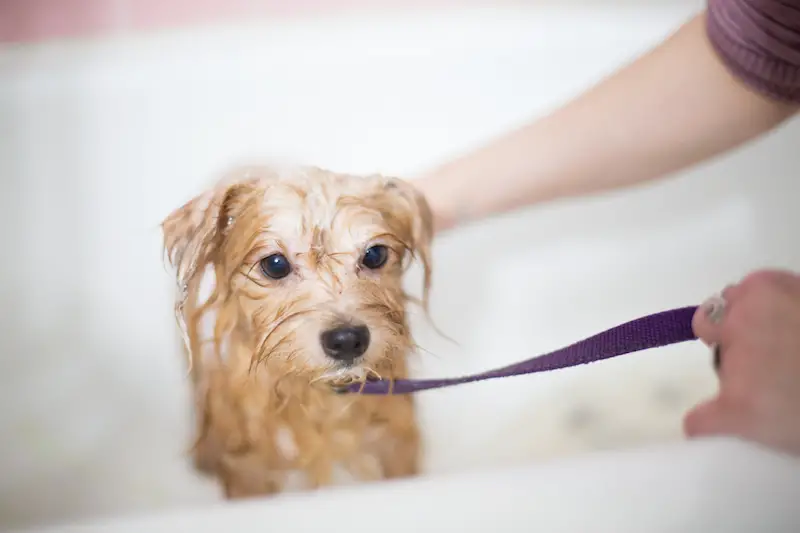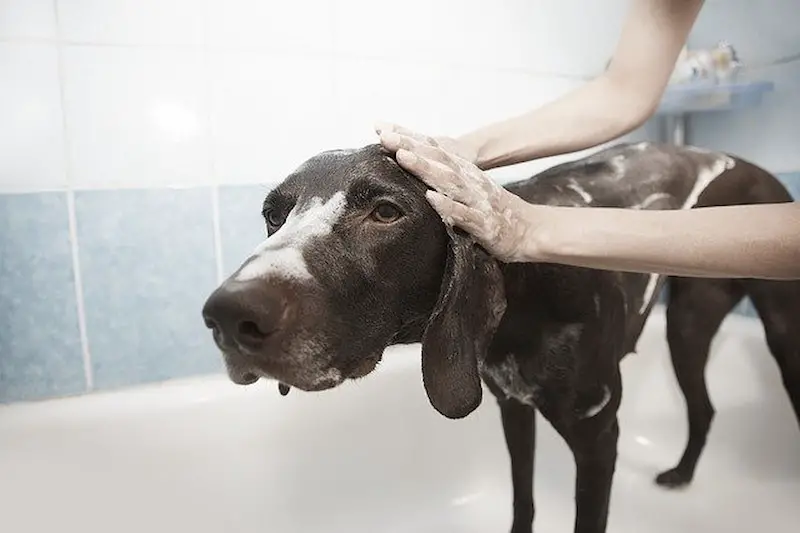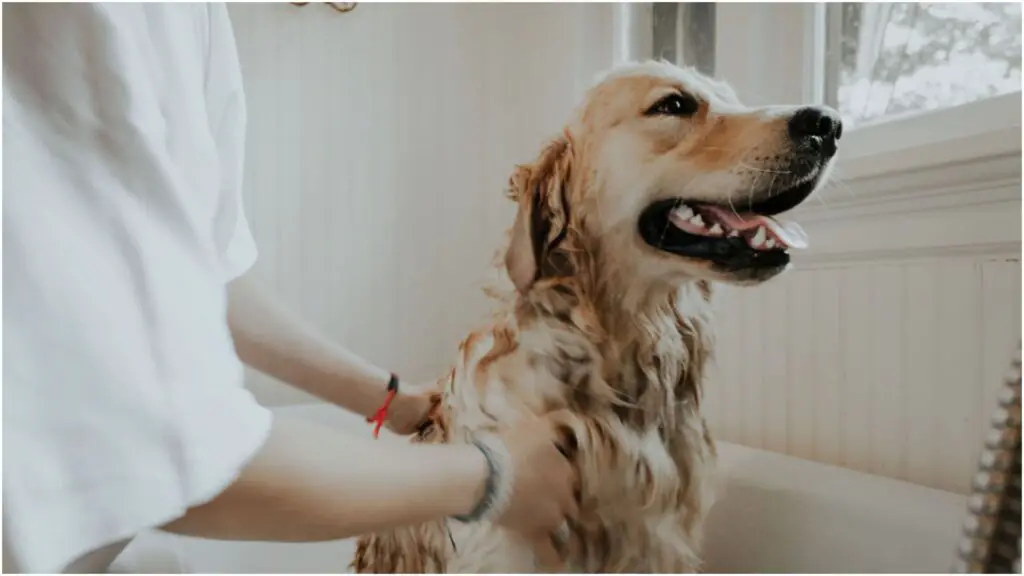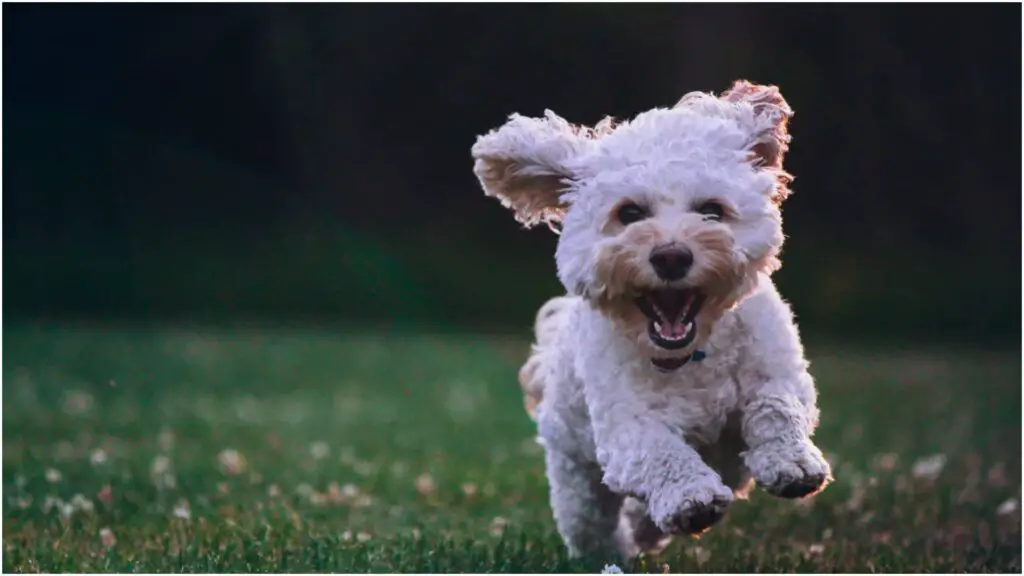A New Smell
“The sense of smell in all dogs is their primary doorway to the world around them.”
-Robert Crais
A dog’s sense of smell ought to be one of their most powerful strengths. By nature, they have more sensory receptors than humans. Research shows that canines can get a whiff of scents from over 20 kilometers away.
If I were a dog, I’d probably spend my days sniffing out lilies and dandelions or my owner’s new perfume. Ironically, dogs could care less about those fragrances.
They’d much rather dabble with the hardcore smells of meat, dirt, and doodoo. And they especially prefer their natural odor over the rosy aroma of most dog shampoos.
Dogs are down-to-earth creatures, and their sense of smell gets them around different environments. Stenches help canines mark their territory and stay clear of trouble on others’. Overall, they’re what make them feel in tune with nature.
But when you mask those familiar scents with that of soaps, it feels unnatural for your doggy. Moreover, not all shampoos work great on every pet. Some are more sensitive to certain chemicals, and the irritation can lead them to roll over with the zoomies after a bath.
Investing in a mild or hypoallergenic dog shampoo can make bath time more bearable for your pet. Some owners substitute their shampoo and other hair products on their pet’s fur. That’s a terrible idea. While those may be gentle on your skin and scalp, they may not be the same for a pup.
Give your dog what it needs, and you won’t have to worry about any post-bath trauma.
Happiness
FRAPS aren’t always a cry for help. If you’re hitting all the right notes, your dog might love showers and associate them with joy.
You can expect to see this type of behavior from a Poodle, Retriever, or a Spanish Water Dog – as the name implies. But other breeds also enjoy their time in the tub once you set the mood.
It could be that your dog likes bathing in the outdoor pool or splashing along with their favorite toy. Or perhaps the mere fact of another bonding experience with their owner excites them. Either way, you’re doing something right because instead of dreading the shower, they look forward to it.
A wagging tail is a definite sign that your puppy is into baths. And all the excitement from another fun play session can get a canine geared up afterward. But don’t worry – zoomies don’t usually last more than ten minutes. There’s still a chance to save the furniture.
Besides, you could always gate a small area in your yard to place your pet while they go crazy.
Attention
Canines are clever animals. Many of my clients wonder why do dogs run around like crazy after a bath, but when you think about it, it’s not just about the shower. From nose biting to zooming around, they’ll do whatever it takes to get to you.
Whether you laugh, cry, or scold them afterward, the goal is to engage you in their activities. Talk about unwavering love.
Consequently, your puppy may take their post-bath roll for a game. Whenever they have a burst of energy, you respond. So why not keep at it?
If anything, your dog may have a bad habit. And your reaction only feeds their excitement.








